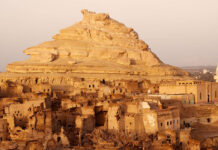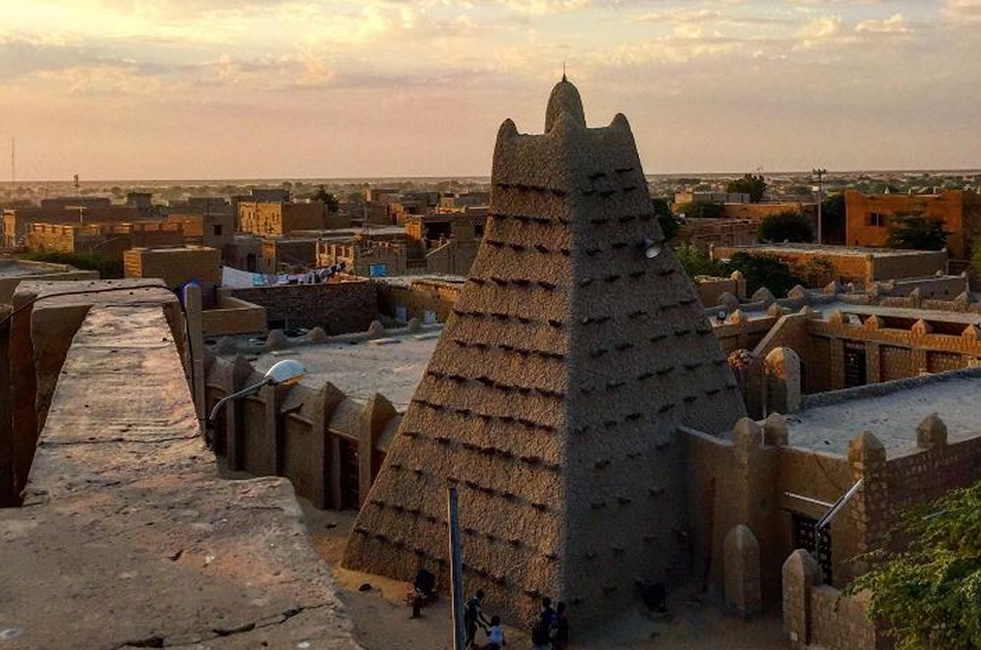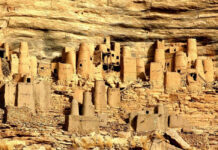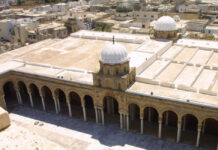Timbuktu is a place that is normally considered a destination far out of reach by many. This is actually a city in the western part of Africa in Mali. It is of great historical value and has been a World Heritage Site since the year 1988.
Located on the southernmost edge of the Sahara Desert, Timbuktu is around 8 miles from the river Niger. It is a discovery of the 12th century and has been found by the Tuareg nomads. It became a major center of the trans-Sahara gold, Islamic scholarship, salt trade, and also culture. There have been many dynasties that have risen and fallen but Timbuktu has had the unique status of an interesting and mysterious destination.
When Emperor Mansa Musa went on a long pilgrimage with many people from Timbuktu to Mecca he crossed Cairo and changed all the perceptions about the western part of Africa. He stopped in Cairo and visited the Sultan. He gave so much gold to the Sultan that the money market in Egypt toppled down.
Musa then built the Djinguereber or the Great Mosque and told the architect Abu Ishaq AsSahil to construct the Sankore mosque. By the year 1450, the population had risen to around 100,000 and it was dominated by scholars. Most of them studied in Mecca or Egypt. During the Askia period, the city reached its zenith. There were many merchants from the northern part of Africa who came to trade salt, horses, and cloth for the slaves and gold. In the year 1591, Leo Africanus who was a Granada Muslim renewed the influence of Europeans in this lovely city of gold.
Timbuktu thus is a greatly historical land filled with the ultimate travel delights. Many scholars of Timbuktu got arrested in the year 1591, and they were suspected of disloyalty. Many were killed and some were exiled to Morocco. The Moroccan troops could control the city and they had to protect it from conquests by the Fulani, Bambara, and the Tuaregs. Thus Timbuktu faced a lot of declines.
Europeans came and tried to find the source of the Niger and chanced upon Timbuktu, the Geographical Society of Paris gave a reward for the First European who came to Timbuktu and told his tale. It was only in the year 1828, that this happened when the French explorer Rene Auguste Caillie disguised as an Arab traveled to Timbuktu and came back within two weeks. He was not in the least impressed by the place and his works after the visit won him the Geographical society of Paris prize.
Then there were many others who came here later and found a city of mud-walled buildings and a desert land spanning over the entire region. it was no city of gold for them yet there was something very unique and special about Timbuktu that makes it an endearing place for all who visit here.
Then in 1894, the French captured Timbuktu and restored this dying city. It became a part of Mali sometime in the year 1960. Today Timbuktu is a must-see destination in adventure tours and it intrigues the travelers’ psyche as to why it is so desolate yet so wanted by tourists. There is a lot of restoration work here to attract the tourists and so there are chances that the city could be really on the path to more fame.
Visit Timbuktu and delve down a history that is really attractive and popular in its own way in Western Africa.



















